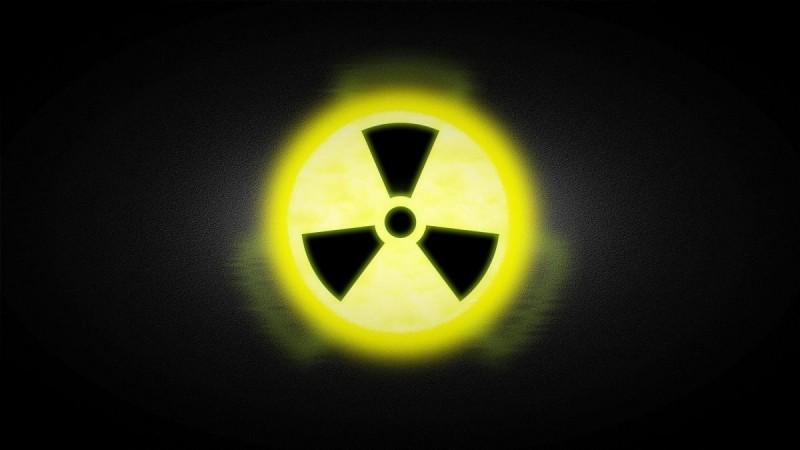
A very significant and concerning study was published in the journal Nature Medicine last month. Digging extensively into the effects of radiation, the study says that radiation from CT scans in young people was tied to higher cancer risk. The findings also suggest that people who were exposed to radiation from computed tomographic (CT) scans before they were 22 years old may have a higher chance of developing blood cancers later.

At a time when patients already complain of every hospital and medical professional prescribing more than the required tests and scans, the study is a relevant one. There are CT scans being relied upon by doctors to rule out, sometimes even the slightest doubts and not having to bother with diagnosis without evidence. Over one million European children undergo computed tomography scans annually. The growth of CT scans has grown rapidly in several other countries too.
The study
Researchers from the International Agency for Research on Cancer (IARC) and its partners followed up on a multinational cohort of an extensive number of 9,48,174 individuals who had undergone a CT scan before the age of 22 in European countries. Thus based on data from over 900000 European children, researchers found an almost 2-times increased excess risk per 100-mGy dose. Thereby establishing that 1 to 2 children per 10,000 undergoing a CT scan will likely develop a blood cancer such as non-Hodgkin lymphoma or acute leukemia due to radiation, assuming an average dose of 8 mGy per scan. The final study covered about 1.3 million CT scans in nearly 9,00,000 patients. The study, which was approved by the ethics committee at IARC, is a record linkage study with no contact with individual patients.
The researchers estimated the radiation doses to the active bone marrow of each subject based on the body part scanned, patient characteristics, time period and inferred CT technical parameters. 51% of the cases were younger than 20 years and 88.5 % were younger than 30.
Why does this study need to be taken seriously?
There have been studies before examining the association between radiation and blood cancers. Moreover, radiation doses at moderate over 100mGy to higher over 1Gy are known to cause hematological malignancies (blood cancers) in both children and adults. But so far there has been uncertainty about the risk of cancers at low doses (less than 100mGy). The study suggests that even low doses of radiation have a probability of causing blood cancer. For every 10,000 children examined, with a mean dose of 8mGy, one-two persons are expected to develop hematological malignancy attributable to radiation exposure in the following 12 years. Researchers followed up on the group for at least two years (with a mean follow up period of 7.8 years) following their first CT scan. They identified 790 hematological malignancies including 578 cases of lymphoid malignancies and 203 cases of myeloid malignancies and acute leukemia (AL). The results also showed a clear dose response between cumulative ABM dose and risk of hematological malignancies with increased risk even at doses as low as 10-15 mGy.
"Our results strengthen the body of evidence of increased cancer risk at low radiation doses and highlight the need for continued justification of pediatric CT examinations and optimization of doses," stresses the study. What makes the findings alarming is given the fact that CT scanning is the largest contributor to the world's average annual effective dose per person from medical radiation sources in both children and adults.
Should CT scans be stopped altogether?
While the study does raise concerns among the scientific and medical community, it does not however prescribe that the scans be stopped altogether. As long as the benefit of conducting a scan outweighs the potential risk to people, especially children. It also highlights that vulnerable populations such as children, adolescents and young adults must be CT scanned while appropriate protocols are being followed. When the clinical benefits to the patient should far outweigh the risk associated.
















